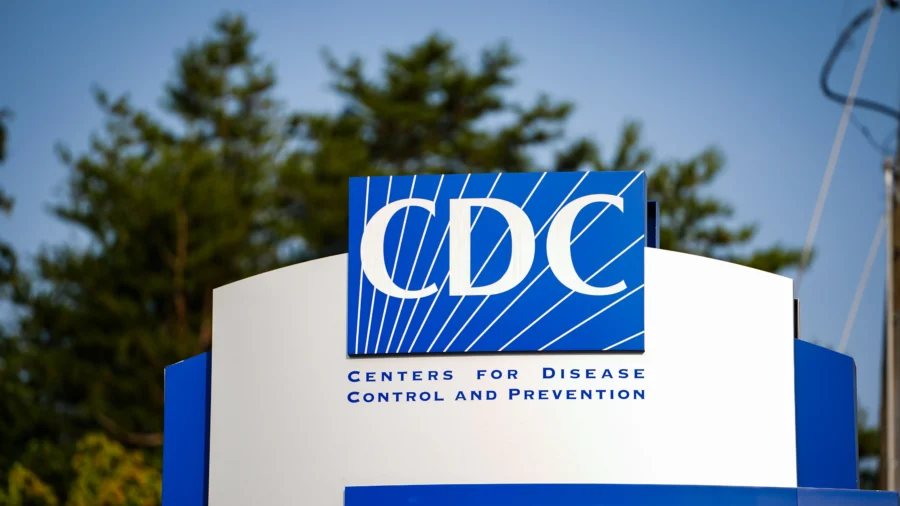Researchers at the Center for Disease Control (CDC) have revealed that the prevalence of strokes among U.S. adults increased by 7.8 Percent from 2011 to 2022.
In their analysis published Thursday, researchers at the CDC’s Division for Heart Disease and Stroke Prevention and the National Center for Chronic Disease Prevention and Health Promotion compared data gathered by two random-digit–dialed landline and cellular phone surveys.
The first survey was conducted between 2011 and 2013; the second one ran from 2020 to 2022.
Altogether, more than 5 million Americans from all 50 states and D.C. were called and asked, “Has a doctor or other health professional ever told you that you had a stroke?”
Not counting those who refused to answer or were not sure, 2.6 million answered the question—1.4 million in the first survey and 1.2 in the most recent one.
The prevalence of strokes had decreased by 3.7 percent from 2006 to 2010 but has since risen by 7.8 percent.
Although young adults have a low incidence of strokes, the CDC documented a significant increase (14.6 percent) in stroke prevalence among adults aged 18–44 years and 15.7 percent among those aged 45–64 years when comparing the 2011-2013 and 2020-2022 survey data.
The prevalence of strokes increased more for women (9.3 percent) than for men (6.2 percent).
The largest increase (18.2 percent) occurred among adults with less than a high school education.
Asians were the only ethnicity with a significant decrease in self-reported strokes (11.8 percent), while all other races went up: 16.1 percent among Latinos, 7.8 percent among blacks, 7.2 among whites, and a large 52.3 percent increase for Native Hawaiians/Pacific Islanders.
The CDC did not attribute a specific cause for the increase among Native Hawaiians/Pacific Islanders or any other group.
The prevalence of strokes in the United States has always been highest in southern states, especially in the southeast. However, stroke prevalence increased in 10 states scattered around the country (California, Colorado, Minnesota, Mississippi, North Carolina, North Dakota, Ohio, Oklahoma, Tennessee, and West Virginia). Ohio and Tennessee fared worst, with 20.9 and 20.7 percent more strokes, respectively.

The District of Columbia was a notable exception, with a stroke prevalence decrease of no less than 19.2 percent, followed by Montana, which saw an 11.7 percent drop. Nebraska, South Dakota, Alabama, and Missouri saw a decrease of around 5 percent.
Analyses did not reveal significant changes in self-reported strokes during the COVID-19 pandemic compared with before the pandemic, the CDC said.
To improve the prevention and treatment of stroke, the CDC commended initiatives to promote knowledge of the signs and symptoms of stroke, such as the Million Hearts 2027 initiative or the Paul Coverdell National Acute Stroke Program.
To self-assess symptoms of stroke, the CDC recommends the “Act FAST questions,” which it called “the key to stroke survival.” The questions follow the acronym FAST:
- “Face: Does one side of the face droop when smiling?
- “Arms: Does one arm drift downward when both arms are raised?
- “Speech: Is speech slurred or strange when repeating a simple phrase?
- “Time: If you see any of these signs, call 9-1-1 right away.”
According to the CDCD, stroke is a leading cause of morbidity in the United States and was the fifth leading cause of death in 2021. The direct and indirect cost of stroke in the United States was estimated at $56.2 billion, just for the period from 2019 to 2020.

